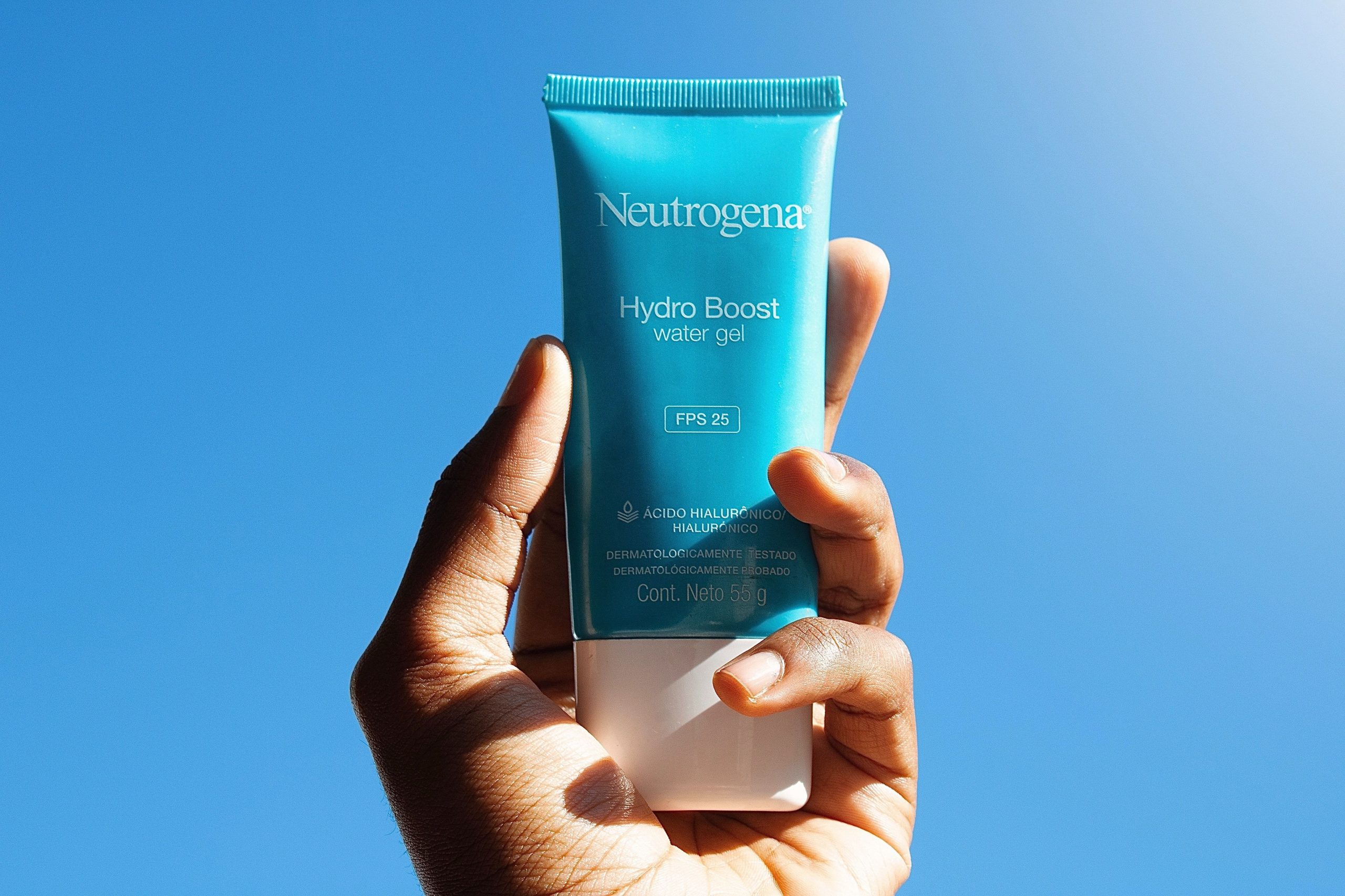Summer’s scorching heat has us all scrambling for our sunscreens. But before you apply that product to your skin, verify if it’s part of a product recall by the sunscreen companies Neutrogena and Aveeno.
Many of their sunscreens were recently withdrawn from store shelves after independent testing revealed that they were tainted with benzene, a cancer-causing toxin.
“Exposure to benzene increases the risk of developing leukemia and other blood disorders,” according to the National Cancer Institute.
Also Read | Why did pharma giant Johnson & Johnson recall its 5 sunscreens?
The great majority of tested sunscreens, on the other hand, were benzene-free, and experts emphasise the significance of using sunscreen to protect skin from the sun’s ageing and carcinogenic impacts.
“It is NOT a reason to stop using sun protection, which is known to prevent skin cancer. To do so would be like hearing a particular car model was recalled and then committing to never drive again,” dermatologist Dr. Ranella Hirsch, a past president of the American Society of Cosmetic Dermatology and Aesthetic Surgery, posted on Instagram.
How did benzene get into these brand-name sunscreens in the first place? Is it necessary to be concerned? And what can you do to safeguard yourself and your loved ones? We’ve compiled answers to these and other related questions.
Also Read | Johnson & Johnson recalls aerosol sunscreen containing traces of Benzene
What is benzene?
According to the US Centers for Disease Control and Prevention, benzene is a natural component of crude oil, gasoline, and cigarette smoke, and is among the top 20 chemicals used in the production of “lubricants, rubbers, dyes, detergents, drugs, and pesticides,” as well as “plastics, resins, and nylon and synthetic fibres.”
Benzene is a colourless or light yellow liquid with a pleasant odour at room temperature. It’s very combustible, and while it evaporates fast, it’s heavier than air, so it may sink into low-lying places, according to the CDC.
According to the Agency for Toxic Substances and Disease Registry (ATSDR), high amounts of benzene in the air can cause death, but the effects of consuming foods or consuming liquids containing lower levels of benzene are unknown.
Also Read | What is Benzene?
How did benzene get into sunscreens?
Nobody understands exactly how the poison got into the sun care items. Because benzene was not listed as a component in any of the sunscreens, scientists believe contamination happened during the production process.
“There are a lot of theories,” said Scott Faber, senior vice president of government affairs for the Environmental Working Group (EWG), a non-profit consumer health advocacy group that publishes a yearly guide to safe sunscreens.
“Benzene could be a byproduct of the process of making the chemicals that companies sell to the formulators of personal care products and sunscreens. Or it could be that some of those chemicals break down into benzene, although that seems less likely,” Faber told CNN.
Also Read | J&J COVID jab to land into FDA crosshairs after link to nerve-related disease
What is the FDA’s current position?
The FDA informed CNN in response to Valisure’s petition that it “evaluates and assesses the information provided in citizen petitions of this type and, generally, initiates an independent testing and verification process.”
“While the FDA evaluates the citizen petition submitted by Valisure, we will continue to monitor sunscreen manufacturing and marketing to help ensure the availability of safe sunscreens for U.S. consumers,” an FDA spokesperson said.







